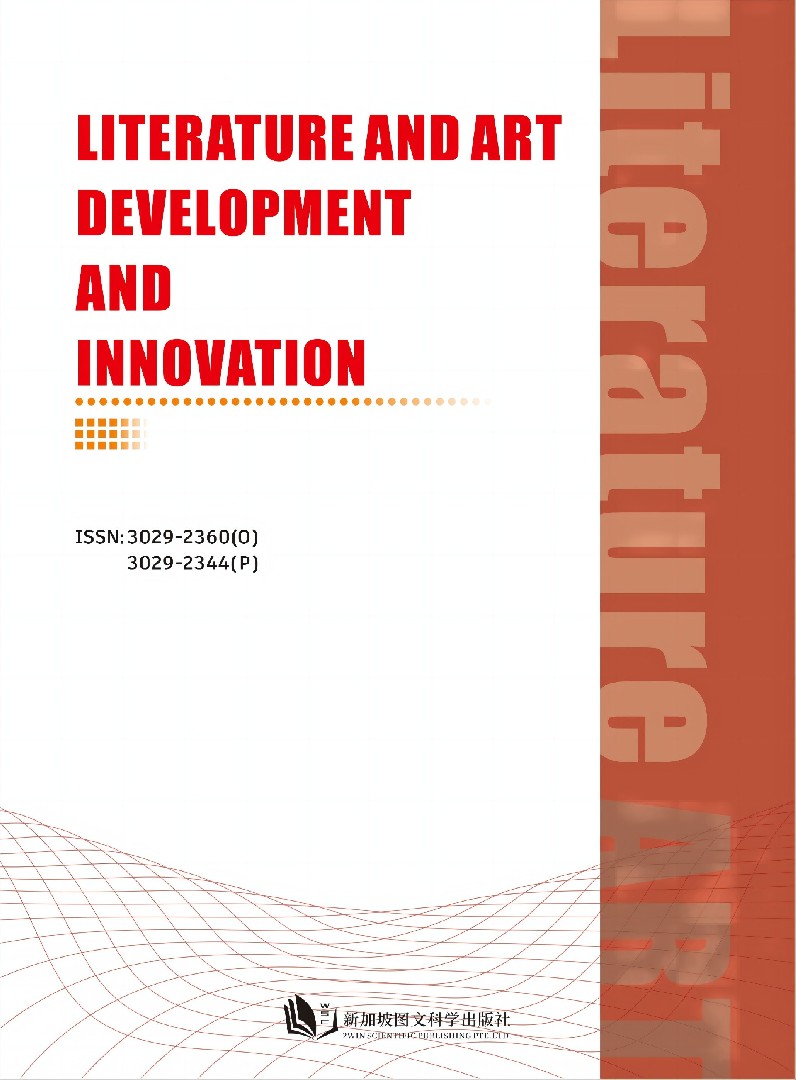作者
Yayue Li
文章摘要
The movie poster for "Parasite" effectively conveys the film's core theme of social critique through its unique design elements and profound cultural context. Utilizing color, composition, lighting, and other design elements, the poster symbolically represents the class division and wealth disparity in Korean society. This paper analyzes the interaction between character design and visual metaphors in the poster, exploring how these visual symbols influence the audience's understanding of the film's themes and revealing the potential for better integration of social culture in movie poster design. The paper argues that the design of the "Parasite" poster is not only an innovative visual expression but also provides new directions for future movie poster design.
文章关键词
"Parasite"; movie poster; character image; semiotics; poster design
参考文献
[1] Kim Ga E (2020). A Study on the Implicit Signification of Visual Composition of Domestic and Foreign Film Posters - Based on
Film Posters. Journal of Cultural Product & Design,(62), 323-333.
[2] Jang, Mi Hwa (2023). Changed Aspect in Economical Inequality Trauma and Heterotopia in , . Asian Film Research, 16(3), 179-206.
[3] Roh Chul Hwan (2023). A Study of the Representation of Women in Bong Joon-ho’s Film : Application of the Gender Equality Tests and Characters Analysis to Parasite(2019). Asian Film Research, 16(3), 377-403.
[4] Ding Xin. Analysis of Multimodal Discourse of Korean Film Parasite Poster from Visual Grammar Perspective. Young Humanists 09(2021):160-161.
[5] Ma Zhuoye. Spatial Narrative and Symbolic Metaphor: Visual Presentation of Class Barriers—A Case Study of the Film Parasite[J]. Oriental Art, 2023(04):72-78.
[6] Zhu Guangming. Research on the film Parasite from the Perspective of Socio-Spatial Theory[J]. Sichuan Drama, 2022(08): 121-124.
Full Text:
DOI
